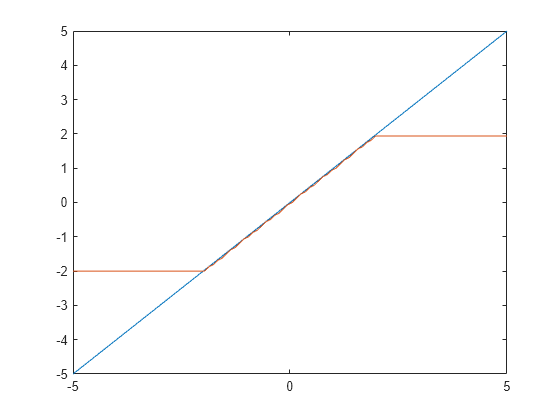quantizenumeric
Quantize numeric data
Description
y = quantizenumeric(x,s,w,f)x using signedness
s, word length w, and fraction length
f.
Use quantizenumeric when you want to simulate full-precision
arithmetic with doubles and then add quantization at certain steps in your algorithm
without casting to fixed-point types.
Examples
Input Arguments
Output Arguments
Tips
Use
quantizenumericwhen you want to simulate full-precision arithmetic with doubles and then add quantization at certain steps in your algorithm without casting to fixed-point types.When designing fixed-point algorithms, use
cast,zeros,ones,eye, andsubsasgnto separate the core algorithm from data type definitions.

